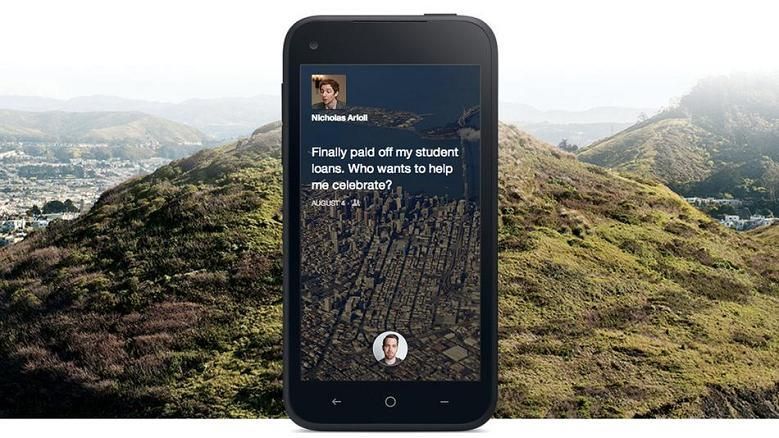Facebook is one of the most popular social networks in the entire world, but in today’s fast-paced environment, resting on one’s laurels is probably the best way to get passed up and pushed into the realm of irrelevance. The only viable strategy to survive? Innovate — or die.
Facebook has been doing just that: taking risks and pushing the envelope. One of its recent strategies was pushing notifications to the front with chat heads. Facebook’s chat heads let you quickly read and reply to messages while you’re using other apps through a floating notification that includes a picture of your friend. Tap on that to reply. Easy! Chat heads is so successful that others are trying to emulate it.
Facebook Home
Facebook didn’t stop with chat heads. Wanting to push its notifications even closer to you, Facebook created Facebook Home, a launcher app that promised to “put your friends at the center of your phone”. Home was a beautiful experience. Simple, clean, to the point. It was terrible.
The problem could have been that Facebook Home was ahead of its time. Unless you lived your entire life inside Facebook, the information you needed to be able to access was buried too deep behind your homescreen. Those who tried Facebook Home quickly went back to whatever they were using before. Users were even clever enough to figure out how to get rid of Facebook Home on the HTC First — the device that pioneered the app to begin with.
It started to become very clear: Facebook Home was dead.
Google Now
Google, with its own social network, calendar, and contacts infrastructure saw the same potential as Facebook: bring relevant information together into a central hub, and make it easy for the user to get the information they need — right when they need it.
Google began to do just that. Contacts, events, weather, commute times, and more slowly began to be surfaced through a new app: Google Now. This app sat in the background, casually monitoring various data sources and device sensors, ready to provide its user with relevant information in the notification shade, in a widget, or through the Google Now app itself. It didn’t get in your face, and it was very curious to find out if you felt the information it was showing was relevant to you — if not, you’d simply dismiss it with the flick of your finger.
Google began surfacing more information: birthdays of friends, information about your upcoming flight, events happening nearby, weather and stock information, and eventually even articles and news relevant to your recent searches.
The difference
Facebook Home tried to bring information from your social circles together into a graphically beautiful experience. Unfortunately, doing so pushed everything else to the background, hiding that which you needed to access. Posts from your Facebook friends weren’t necessarily updates on their lives and didn’t help you keep up with what they were doing — just what they were “liking” and “sharing”. Let’s face it, we’re all pretty fed up with memes about cats by now.
Google Now does all its fancy stuff in the background. It’s there when you want it, but not in your face — and it’s getting smarter all the time.
Google seems to “get it” when it comes to giving you the information you want, when you want it. Sure, current solutions aren’t perfect, but from a paradigm perspective, Google Now will succeed where Facebook Home fell flat.
Want to learn more about Facebook Home? Not convinced that Facebook Home suffers from “low interest” or that its bubble may have already burst? Do you have an HTC First and want to “un-Facebook” it? Perhaps you’d like a second opinion from Adam Doud when he spent a week with Facebook Home. Whatever your tastes, Pocketnow has you covered!

